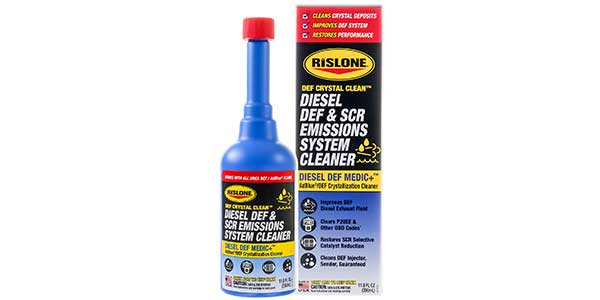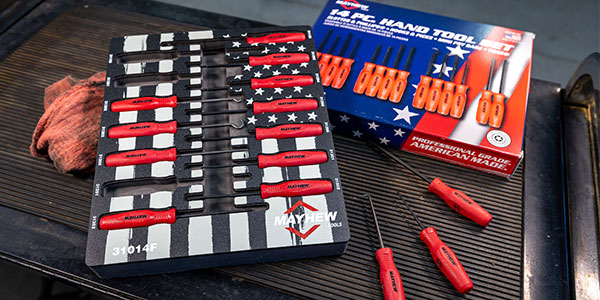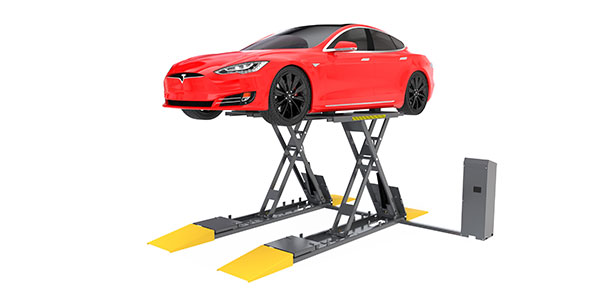Implementing new software at your dealership should lead to improved processes, less friction and, most importantly, increased profits and customer satisfaction. You’ve most likely done hours of research to find and install an intuitive software solution. Your hope is that it will increase the efficiency of your current dealership business processes, but this isn’t always the case. Oftentimes, dealers learn too late that new software doesn’t come out of the box with everything they need, thus sending them in the direction of third-party add-ons.
During a recent webinar, 64 percent of participants said broken processes were the biggest reason they could not meet their goals.
Third-party software providers have tried very hard to deliver the tools you need to smoothly facilitate your desired processes. So what causes them to break? Friction points.
These “speed bumps,” so to speak, occur when software companies attempt to integrate modern third-party add-ons with an existing and outdated core solution. The result? Slower dealer-defined processes or even roadblocks that stop the process in its tracks.
Common Friction Points
Duplicate work in the DMS and the third-party add-on is the most common friction point in dealership software. Think about it: after completing a task in the third-party application, do you then have to log back into the DMS to complete the same task?
Additional third-party friction points come in the form of communication and/or fixed ops tools. For example, dealers may add third-party solutions like texting, mobile pay, appointment scheduling and electronic multi-point inspection to their DMS in hopes of creating a better experience for both the employee and the customer. Unfortunately, because these tools are not built into the core of the DMS, they may cause slow downs and duplicate work.
Employees will realize these so-called solutions are only adding more time to their workdays and will abandon these additional processes, diminishing the value of third-party applications.
Dreaded friction point outcomes:
1. Employee frustration
2. Workflow slow down or stoppage
3. False reporting
4. Slower customer turn time
5. Lower ROI and decreased CSI
How to Avoid These Problems
If you absolutely love your current third-party applications, assess what you love most about them and consider how they could be better. During this assessment, you will probably locate a few of the dreaded friction points. These friction points are most likely byproducts of patching together a process involving multiple systems. It may seem like these friction points can be fixed with very small adjustments to your process. However, processes can quickly become complex. It may not be as easy as clicking a button, twisting a knob or pulling a lever.
Starting to rethink those third-parties? It may be time to search for DMS technology that does not require third-party add-ons.
Keep in mind, just because a DMS vendor claims to have many of the individual tools available, you need to evaluate how and when they were assembled. Were they melded together as “seamlessly” as possible as various needs arrived, or was the system built from the ground up with everything you need at its core — with no seams at all?
In reality, many industries, including the automotive industry, have become accustomed to disjointed technology and these integration friction points.
If you want to learn more about avoiding friction points, especially in fixed ops, email me at [email protected]. Bill Bok














